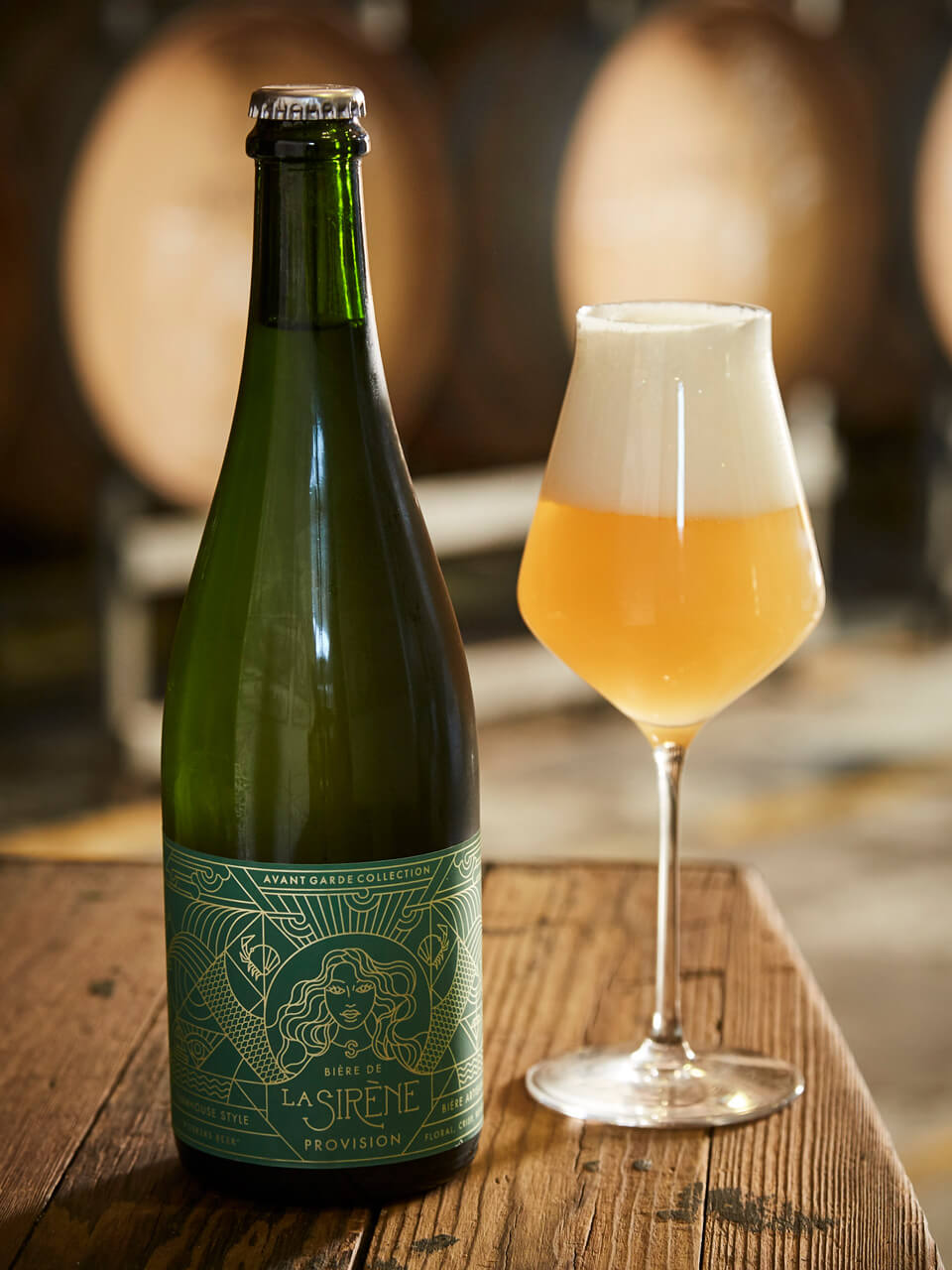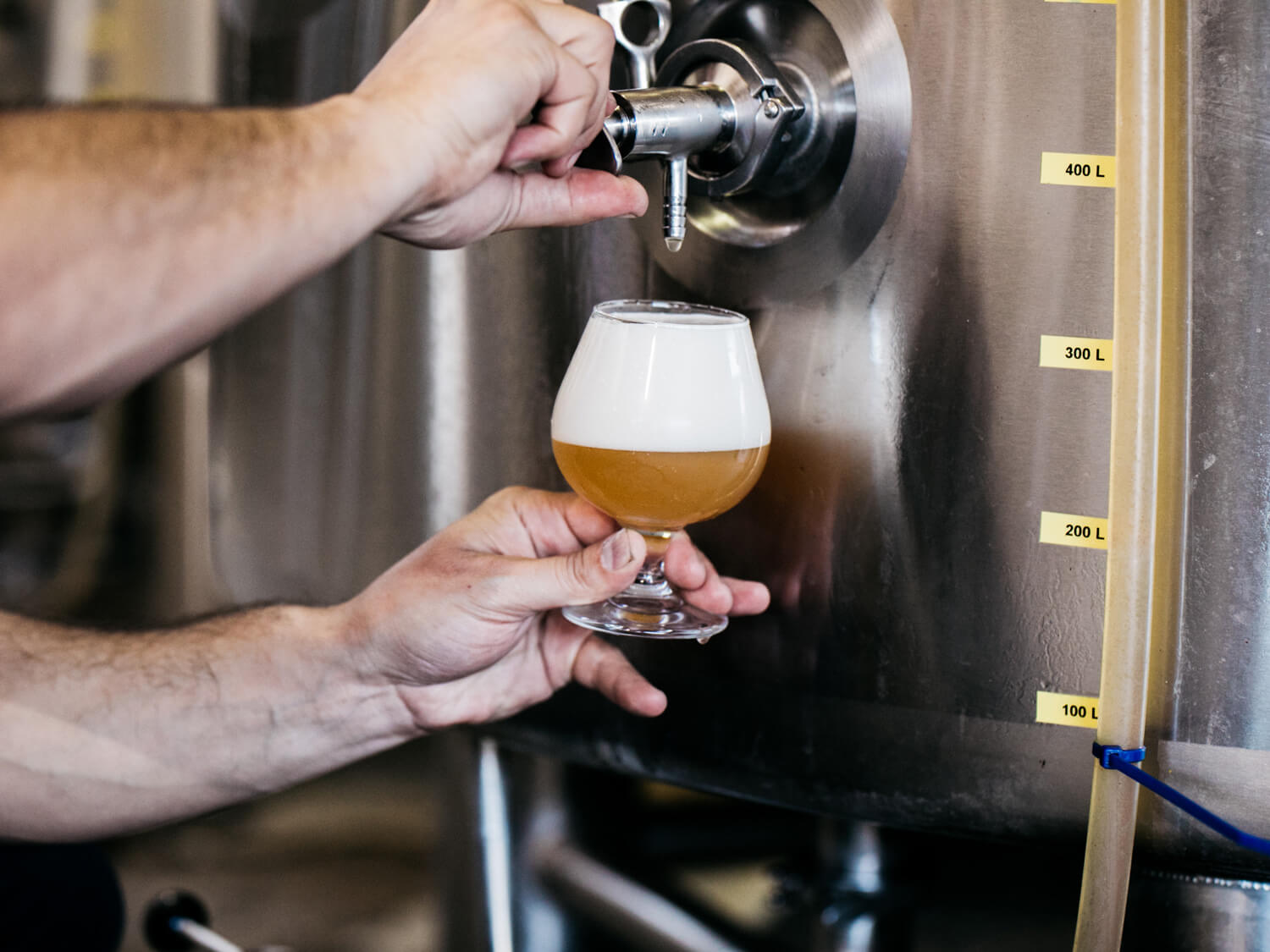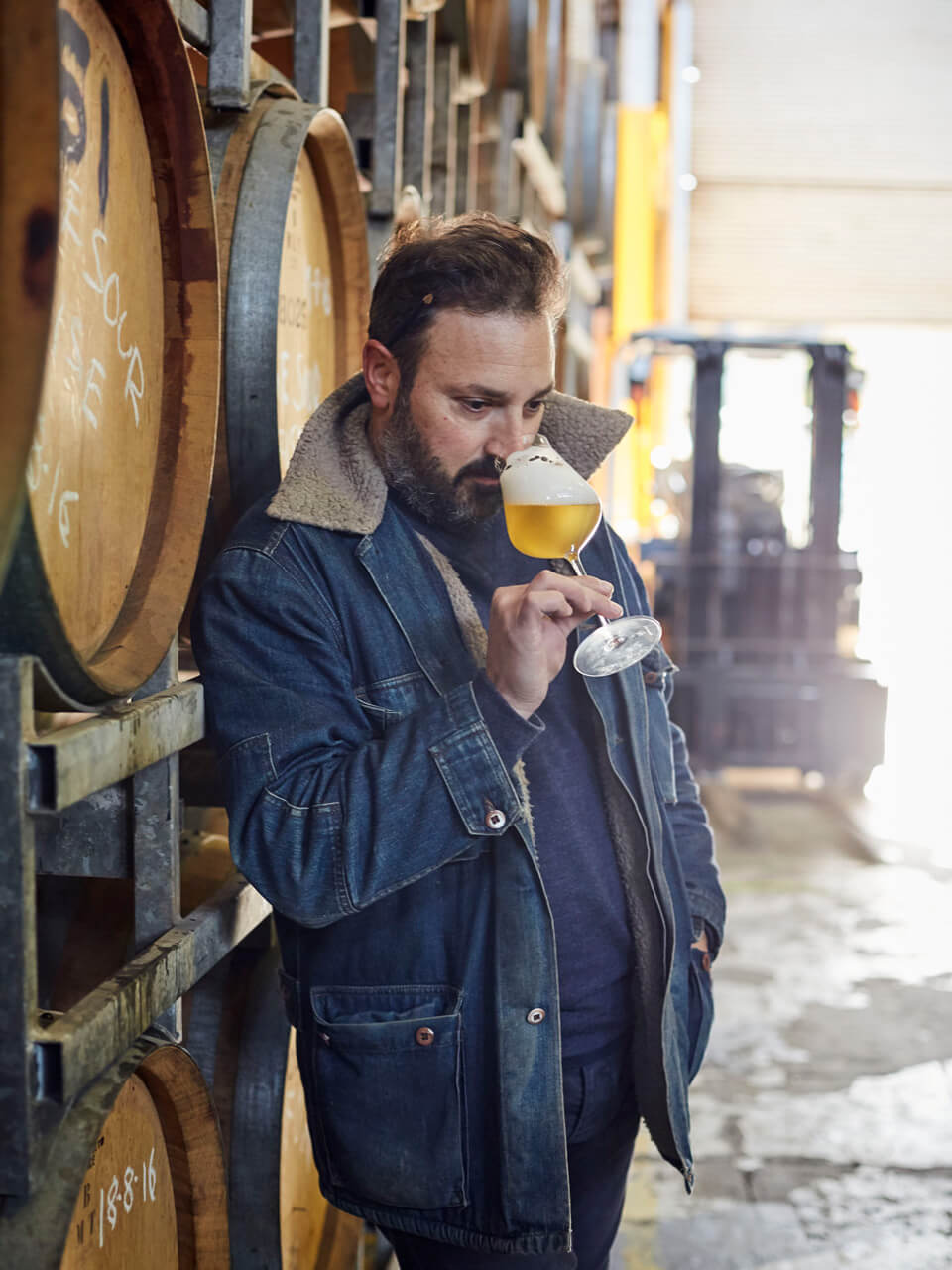Australia’s 50 Hottest Places for Wine in 2020
As voted on by over 100 of the leading sommeliers, winemakers, tastemakers and journalists, this is the ultimate guide to Australia’s best wine venues.
Oak barrels sit in cradles stacked four high. There are pipes and hoses and racks and boxes of bottled stock.
La Sirène looks and feels like most small Australian wineries. Except La Sirène is in inner suburban Melbourne at Alphington, and they make European farmhouse ales, not wine.
Brewer Costa Nikias looks right at home among the open fermenters and puncheons in which he makes his beers.


“I wanted to make farmhouse and wild ales with a sense of place, time and season.”
He has always had an interest in, if not a love of, liquids. As a 10-year-old he managed to open a bottle of his father’s Penfold’s Grange.
“I tried it and thought to myself ‘why would anyone want to drink this?’”, miming pouring the drink out.
Nikias survived to tell the tale and studied winemaking at the University of Adelaide’s Roseworthy campus, finishing his studies at La Trobe University in Melbourne.
“I was working as a winemaker at Bass Phillip in Gippsland, and like all winemakers we’d kick back at the end of the day with a beer,” he says.
“While they were knocking back Coopers green, I was enjoying the clean sourness of a Belgian saison.
“Winemaker Phillip Jones was always opening and sharing amazing fine wines and I wanted to share my love for the Old World beers.”
Nikias realised that as much as he liked making wine, he loved those beers just that bit more.


In 2010 the winemaker turned brewer. He studied at Federation University and the World Brewing Academy, Chicago. He found a space in a large ex-ammunitions factory at Alphington, backing onto the Darebin Parklands.
“I wanted to make not just an Australian wild beer, but one that spoke of exactly where we are,” Nikias says.
“I wanted to make farmhouse and wild ales with a sense of place, time and season.”
We go to a 2000 litre open fermenter, a re-purposed milk tank from a dairy farm. He pulls up the roller door behind the fermenter to reveal a wall of green trees, grassland and a freshwater creek meandering through the 50 hectares beyond.
“We put the wort (the water in which sugar-rich malted barley has been boiled) in here. We open the roller door and let mother nature in. We make a blank canvas, a sweet substrate (wort) on which mother nature plays out her fermentive art,” he says.
“The wild beers are inoculated by nature, and that is where a lot of our wild yeasts and bacteria have come from.


“My job is to relinquish control, and not to try to direct it.”
He sometimes also adds a wild mix of yeasts and bacteria that have been cultured from previous brews, whose origins are from the brewery’s walls and surrounding environment. These will become beers for the Avant Garde and Classic ranges.
Above this open fermenter is what looks like a stillwater punt covered by the wooden roof of a gardening shed. This is what the Belgians would call a koelschip, or in English a coolship. It is a shallow tank into which the hot wort is pumped. The steam hits the wooden slats of the roof above and reactivates the indigenous yeasts and bacteria. A massive tube pumps in cool, bacteria-rich, night air to cool and inoculate the wort. Nikias calls the beers he makes using this method native Australian wild ales.

The wild ales are then racked into old French barriques, hogsheads and puncheons. They have not been charred or shaved, but prepared with fresh wort to activate any microbiology living inside the barrel. The beers are aged a minimum of 12 months, but on average three-and-a-half years-plus. During that time they develop a skin of yeast, known as a pellicle in French or flor in Spanish.
“Just as sherry does, the yeast is protecting its food source – the sugars – from oxidative acetic-acid-forming bacteria, which allows for slow fermentation of more complex sugars, leading to much more complex flavours and aromas,” Nikias says.
Like a sherry-maker or those experienced in fortified wines, Nikias also makes beers using a solera, where some beer is racked off and blended and the barrels topped up with fresh beer.
“Most brewers want to get their beer fermented and into the bottle or keg as soon as possible,” he says.
“We keep the beer for as long as we can and see what happens. Some of these beers are nine years old. Sometimes it doesn’t work out. That beer gets tipped. I will blend different barrels and different batches.”
“Most brewers want to get their beer fermented and into the bottle or keg as soon as possible,” he says. “We keep the beer for as long as we can and see what happens. Some of these beers are nine years old. Sometimes it doesn’t work out. That beer gets tipped. I will blend different barrels and different batches.”
The beers are carefully bottled, a spike avoiding the yeast cap on top and the layer of settled lees on the bottom. That lees contact helps add deeper mouthfeel and a slightly savoury note on the finished beers.
Unfiltered, unfined and unpasteurised, some of the beers are dosed with a tiny amount of sugar syrup, capped, and undergo secondary fermentation in champenoise bottles. The beers are placed in ambient storage for at least three months, and up to a year, to develop their natural sparkle. Others gain bead using the petillant naturel method.
Brewed with little use of hops, the structure for these beers comes from the fresh zingy lactic acid fermentation that runs the length of the beer. In the Darebin Wild Ale, that zing gives way to citrus and passionfruit, then dark honey and wet hay or silage.
“These beers suit the best cheese from Burgundy,” he says.


While the Darebin Wild Ale is light straw coloured, the Age & Beauty from the coolship is deeper coloured, like light caramel, and fungal like a forest in autumn. It becomes creamy camembert mushroom in the mouth. The dark aromas remain alive and bright thanks to the vitality of the acid that blends citrus zing with cleansing freshness.
“Seafood,” he says. “This is good with seafood. I make wild ales that are food friendly. Food is an important part of the enjoyment of these beers.”
Nikias has created a family of beers that are not ardent imitations of their European forebears. They are original, beautiful and as complex as fine wine.
La Sirène plans to open by Easter. It will offer 14 beers on tap, magnum releases plus take-away sales, as well as a selection of salumi, woodfired pizza and cheeses from Burgundy to Long Paddock in Castlemaine.

Please sign in or create account as candidate to bookmark this job
Please sign in or create account to save this search

Please sign in or create account as candidate to create a resume